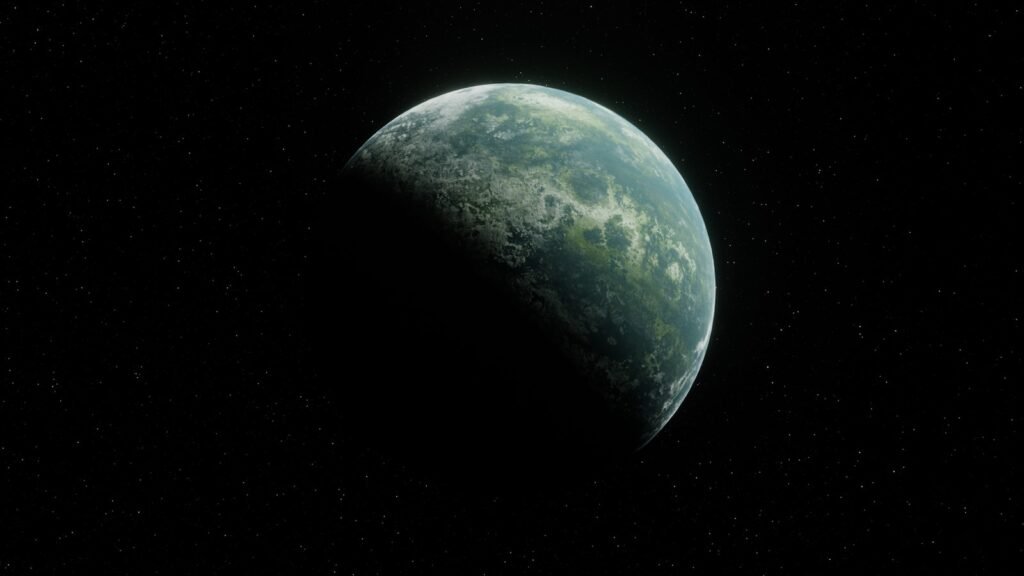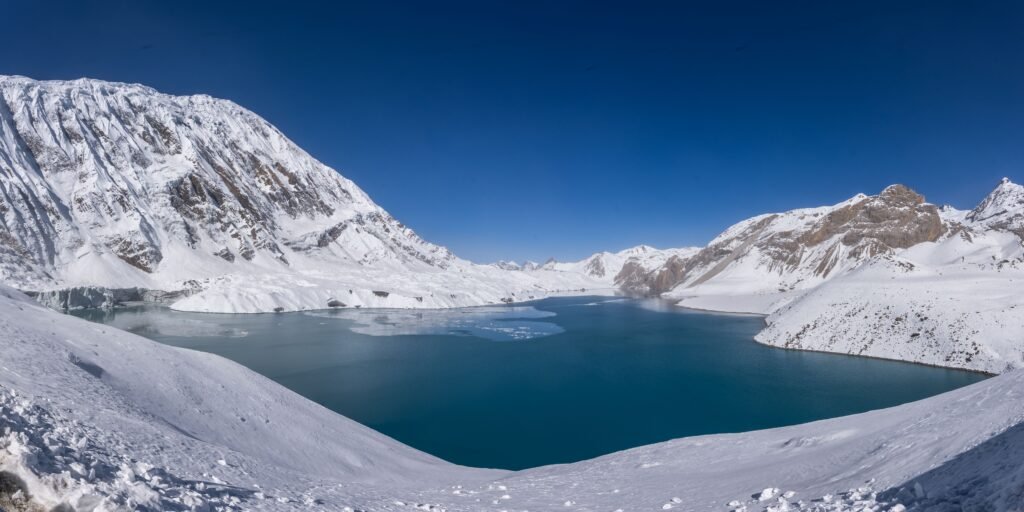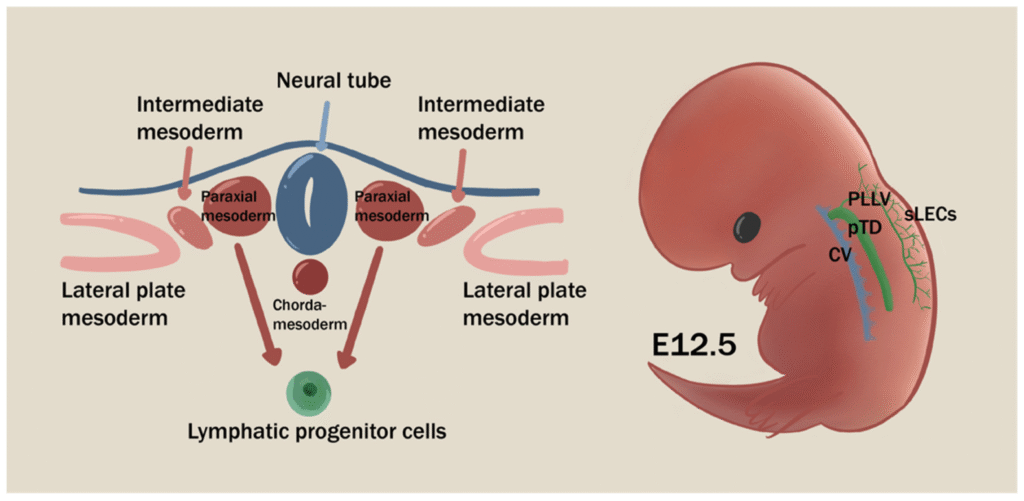It’s one of the most audacious questions of our time: not just whether we can go, but whether we can stay. The difference between a flag-planting visit and a permanent foothold is the difference between a camping trip and building a town. Scientists are now testing hardware, biology, and human limits in a coordinated push that would have sounded like science fiction a generation ago. Yet the path forward is not a straight line; it’s a tangle of atmosphere, gravity, radiation, and psychology that must all be solved together. The story unfolding right now blends hard-won data with a kind of stubborn hope that humans never seem to run out of.
The Hidden Clues
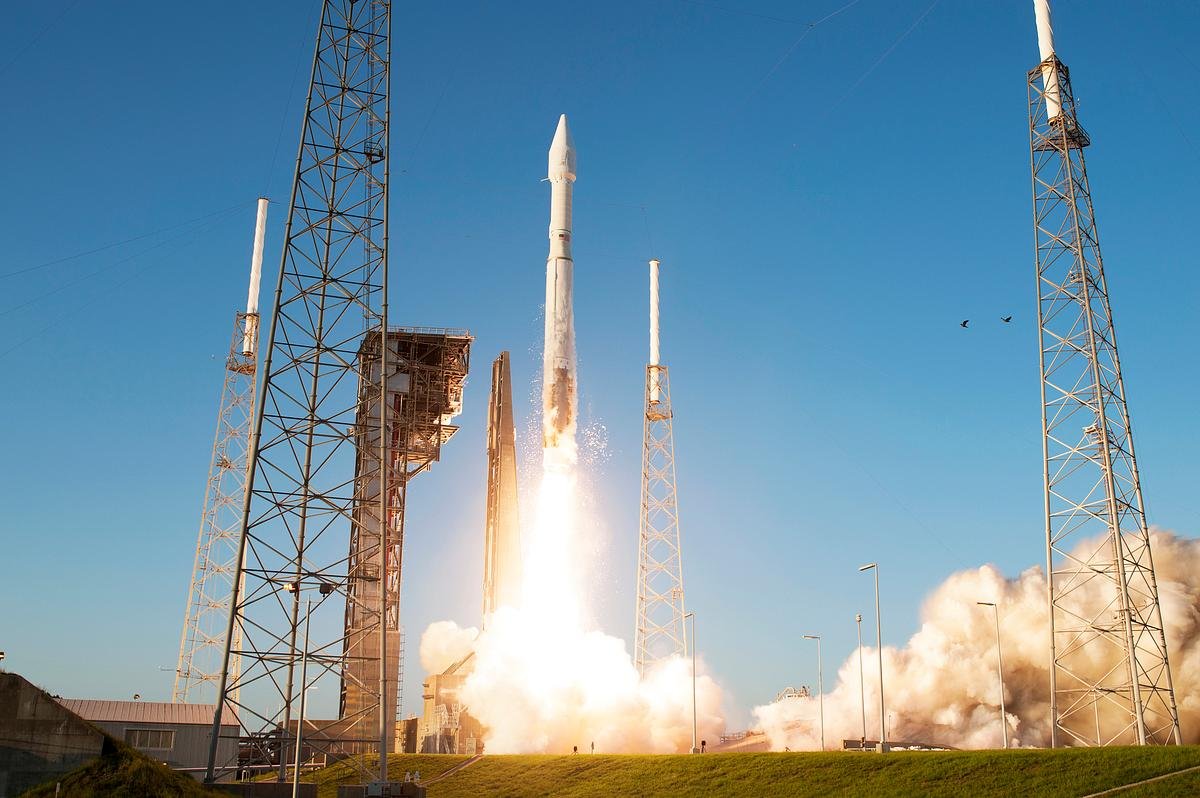
What if the most important evidence for living off‑world is already in our hands, tucked away in rover readouts, astronaut health logs, and lab-grown bricks of simulated alien soil. Mars rovers have mapped minerals that trap water, and instruments have measured radiation on the surface day after day, giving engineers real numbers instead of guesses. Lunar orbiters have spotted water ice in permanent shadows near the poles, a resource that could become drinking water, breathable oxygen, and rocket fuel. Meanwhile, the International Space Station has quietly served as our rehearsal stage, proving that closed-loop life support can keep people alive for months and years. Each clue doesn’t shout the answer on its own, but together they point to a credible, if gritty, pathway.
I still remember the first time I held a vial of Mars regolith simulant; it felt like dusty promise and stubborn problem in equal measure. The grains cut into a glove’s fingertips, a reminder that abrasive dust can chew through seals and hinges just as easily on the Moon or Mars. That tension – opportunity versus friction – defines nearly every aspect of off‑world living. We have what we need in fragments; we just have to assemble the puzzle without losing any pieces. That’s where the science is headed now, and the stakes keep rising.
From Ancient Tools to Modern Science
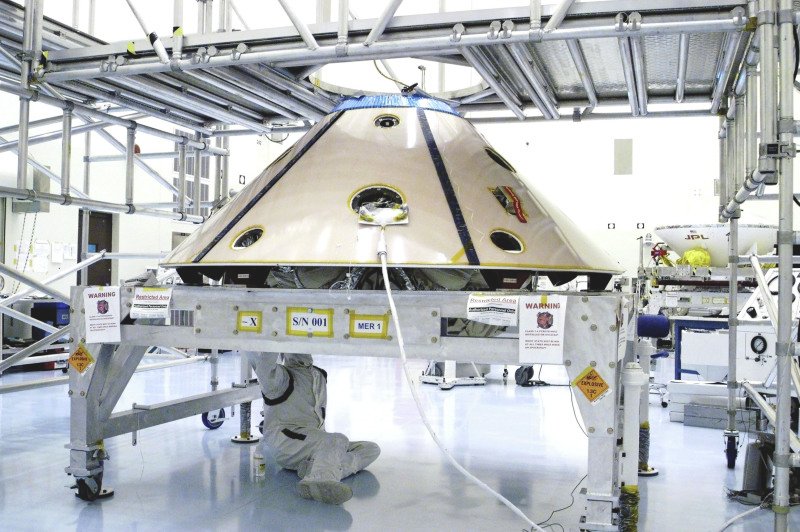
Our ancestors learned to thrive by using whatever the landscape offered: stone for shelter, fire for warmth, and plants for food. Space engineers are applying the same idea with modern tools, a philosophy called in‑situ resource utilization. On Mars, a compact device has already split the carbon‑dioxide atmosphere to make oxygen, proving that local air can be turned into something we can breathe and burn. Lunar dust, once just a nuisance, is being studied as feedstock for 3D‑printed landing pads and shielding. Even waste – from plastics to carbon dioxide – can be transformed into methane fuel or building polymers with the right catalysts.
Unlike the trial‑and‑error survival of the past, today’s experiments are highly instrumented and brutally honest. If a filter clogs, sensors register every pressure drop; if a habitat leaks heat, thermal cameras pin down the culprit. That ruthless feedback is accelerating progress, turning moonshot ideas into standard engineering checklists. It’s not romantic, but it’s reliable, and reliability is the only currency that matters when your supply ship is millions of miles away. The tools are different, but the survival game is the same.
The Air We Breathe, The Water We Need
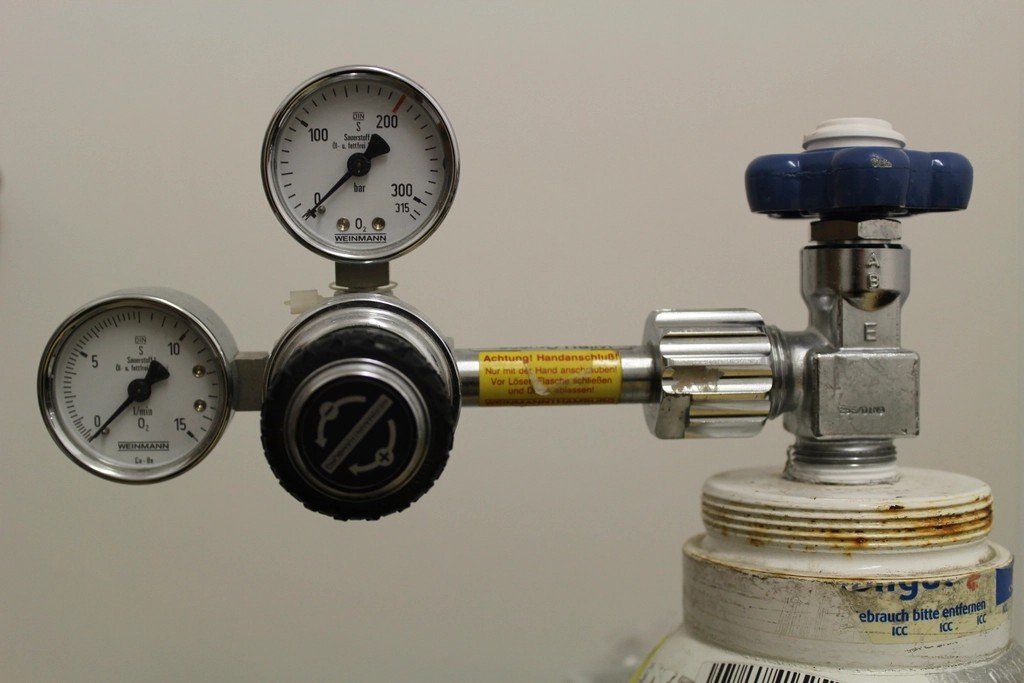
Breathable air and drinkable water are the non‑negotiables, and both are technically achievable with systems we’ve already flown. Space station hardware recycles nearly all humidity and wastewater, squeezing every drop until little is left to reclaim. Mars complicates the equation with dust and cold, but its carbon‑dioxide atmosphere can be mined for oxygen and combined with hydrogen to make water. On the Moon, ice locked in polar soils offers a shortcut, provided we can extract it cleanly and without wasting energy. The trick is making these systems rugged, repairable, and efficient enough to run for years without a warehouse of spare parts.
Energy is the silent partner in this equation, because air and water machines are only as good as the power behind them. Near the lunar poles, sunlight skims the horizon and solar arrays must stretch wide or perch on high ridges. Mars offers more daylight but throws dust storms into the mix, dimming panels for weeks. This is why compact nuclear systems are drawing attention: steady power means steady life support and steady science. Stability, not just abundance, is the goal.
Gravity, Bodies, and Time
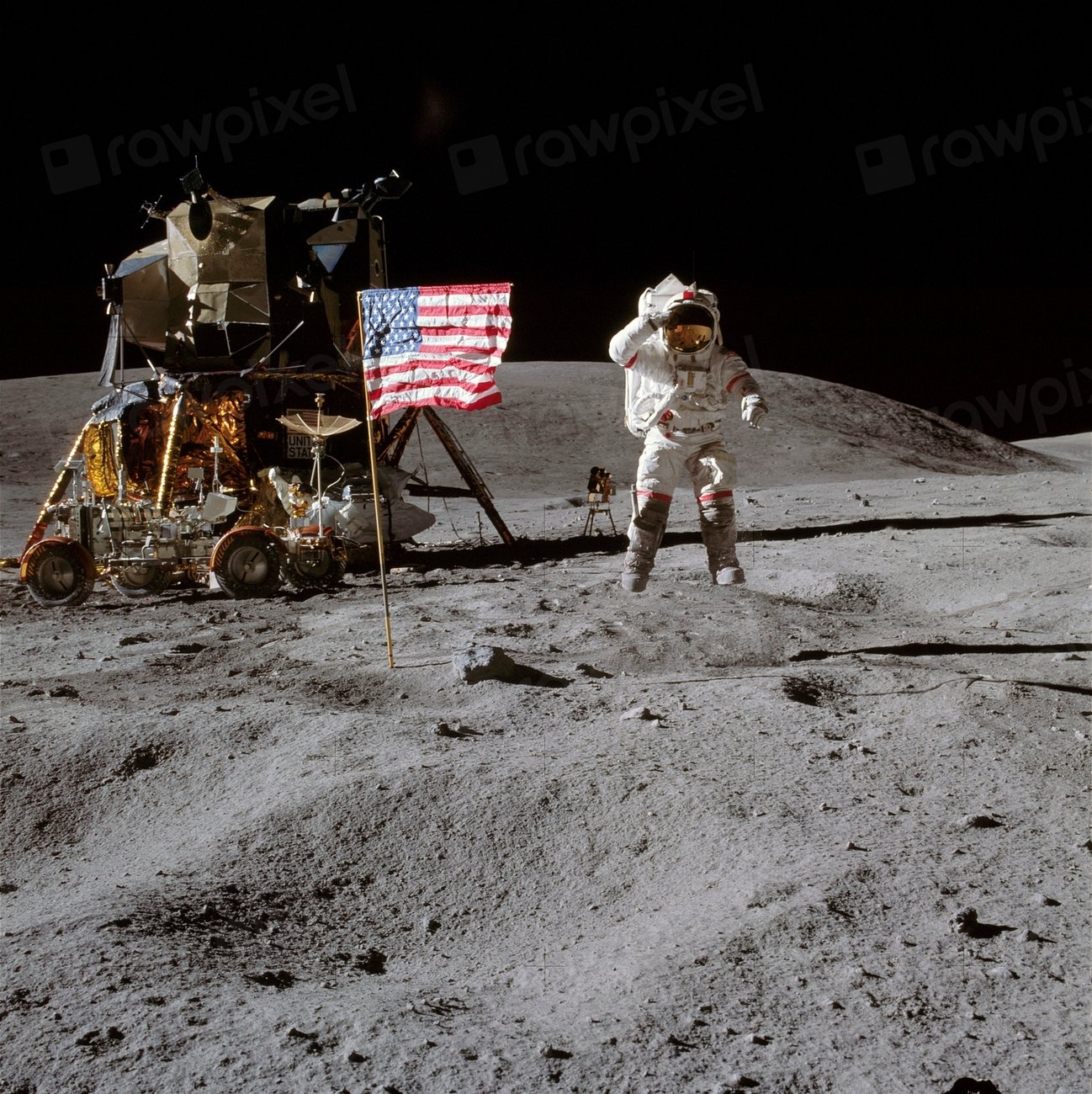
Human biology evolved under Earth’s full gravity, and long spaceflights show just how quickly bones thin and muscles weaken without it. On the Moon and Mars, gravity is only a slice of what we’re used to, and nobody knows where the threshold for long‑term health truly lies. Exercise helps, but it’s not a perfect fix, and radiation piles on another stressor, quietly raising lifetime cancer risks. Shielding from regolith, water, or plastic-rich materials can blunt the dose, yet every kilogram of protection must be designed, mined, and moved. The health question isn’t a footnote; it’s the main plot.
Psychology matters just as much as physiology when your world is a pressurized can with a view of alien rocks. Crews need privacy, community, and routines that make meaning, not just checklists. Windows, plant life, and varied lighting sound trivial until you’ve watched mood swing with the sun cycle. We’re learning that sustainable habitation is as much architecture and culture as it is plumbing and power. If the habitat feels like a home, survival gets easier; if it feels like a cell, everything gets harder.
Building Homes from Alien Dirt
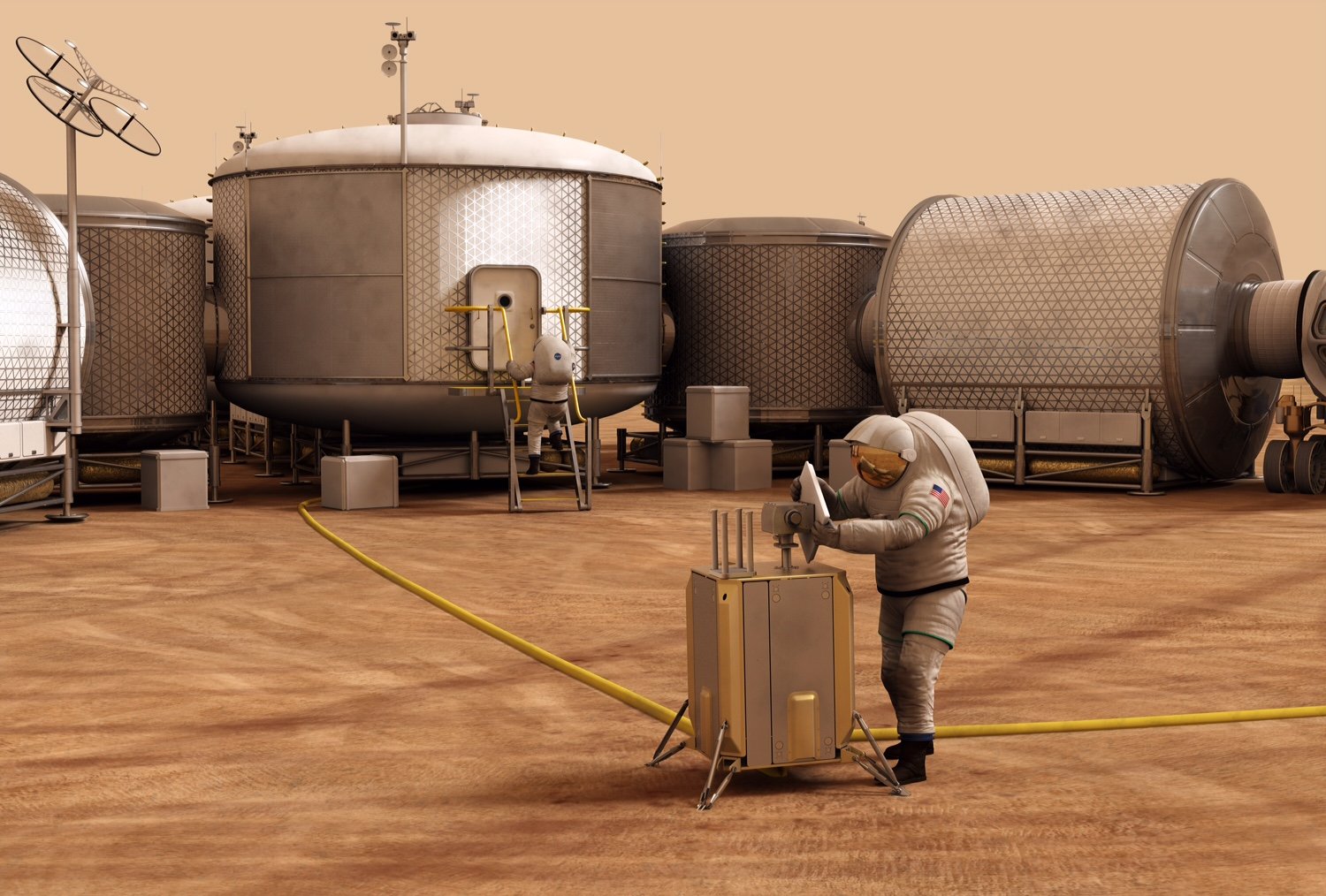
The fastest way to make a habitat safe is to bury it – or build it heavy enough to block radiation and micrometeorites. That’s where the dirt comes in: lunar regolith and Martian soil can be sintered, bound with polymers, or melted into bricks. Robots could pre‑print landing pads, berms, and walls before humans arrive, cutting dust and risk on day one. Lava tubes on the Moon and Mars offer natural shelter with thick rock overhead and steady temperatures. Turning those caves into neighborhoods would be one of the great construction projects in history.
Materials science is doing quiet magic to make this plausible. Sulfur-based concrete that cures without water, sintered basalt tiles, and regolith‑reinforced composites are sliding from lab benches into field tests in deserts and volcanic plains. Inside, modular life support racks plug like appliances, and airlocks double as mudrooms for dust‑caked suits. The architecture looks unfamiliar, but the goal is instantly recognizable: a place that keeps out the bad and keeps in the good. If we can build a porch on another world, the rest starts to feel possible.
Why It Matters
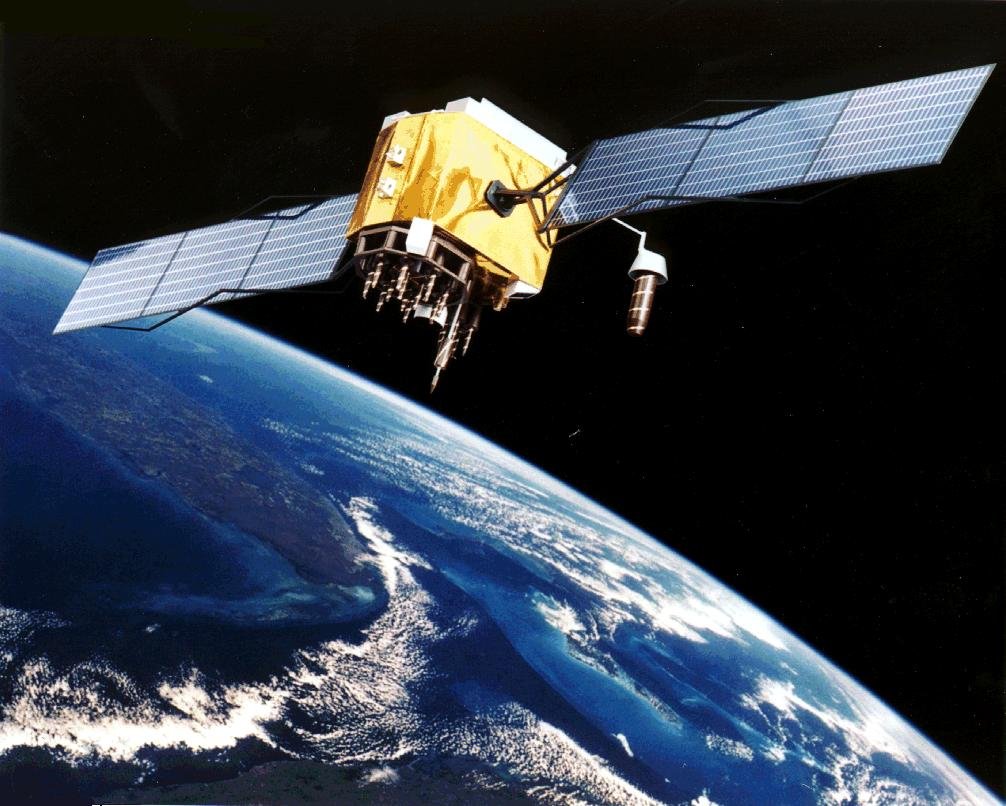
This isn’t just a thrill ride for rocket fans; it’s a stress test of the technologies that make life resilient on Earth. Closed‑loop water systems that keep a Mars crew alive can make drought‑hit towns less vulnerable. Power grids that blend solar with compact reactors for a lunar outpost mirror the stability we crave during hurricanes and heat waves. Even dust‑proof robotics and tele‑operations honed for the Moon can rebuild after wildfires or earthquakes without risking responders. The payoff loops back to the people who never plan to leave Earth.
Compared with past exploration – sailing ships, steam engines, and early aviation – space settlement is more systems engineering than swashbuckling. Those earlier leaps were built on abundant air, water, and gravity; this one creates them from scratch. That difference forces discipline and drives innovation where it counts: efficiency, recycling, and reliability. If we treat space living as a vanity project, it will fail; if we treat it as an extreme version of sustainability, it could transform how we live everywhere. That’s the case for caring, even if your feet never leave your hometown.
The Near Targets: Moon, Mars, and the Ocean Worlds
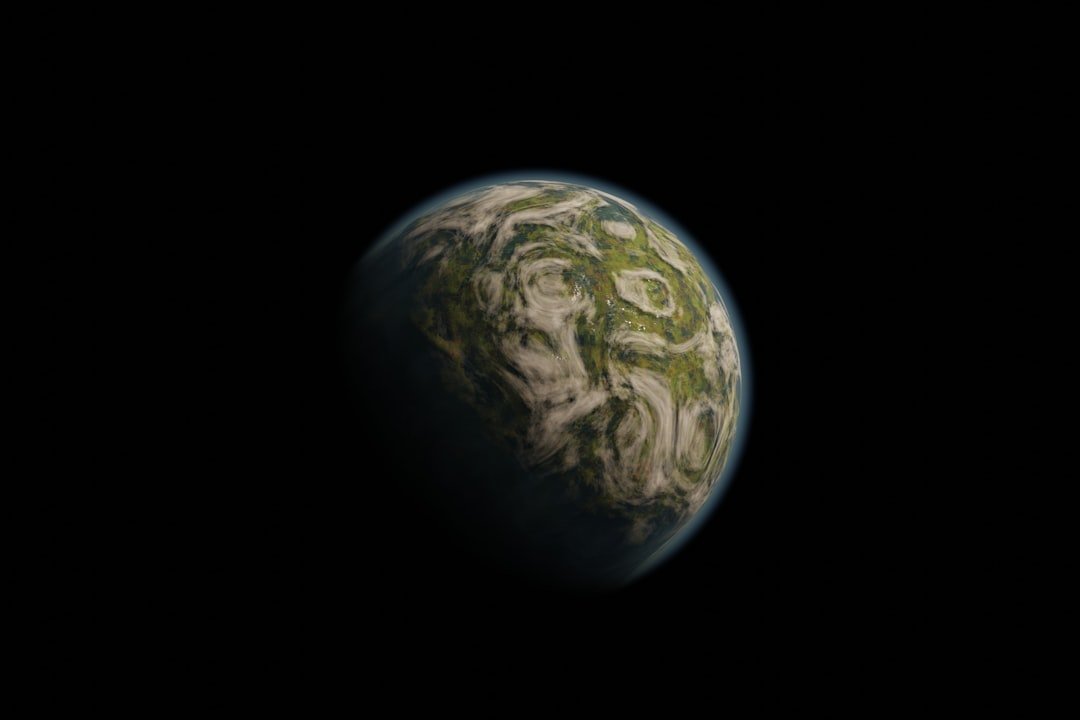
The Moon is the closest proving ground, with short travel times and frequent launch windows, but it’s harsh: long nights, razor‑edged dust, and big temperature swings. The prize is ice at the poles, which could create a triangle of life support – water, oxygen, fuel – with sunlight grazing nearby ridges. Mars sits farther out but offers more familiar rhythms: a day just a hair longer than ours and seasons that feel almost cozy by comparison. Its thin air and frequent dust storms complicate solar power, yet its atmosphere is a resource, not a void. Both worlds ask for different strategies, and that diversity is a strength.
Beyond them, icy moons whisper possibilities that feel both wondrous and remote. Places like Europa and Enceladus hide deep oceans that might harbor life, but their radiation belts and energy budgets are unforgiving for people. Titan is friendlier above the neck – thick air to shield radiation – but brutally cold and soaked in hydrocarbons. These destinations are likely robot-first and robot‑often, with humans tele‑operating from safer orbits or nearby bases. They expand the map without overpromising near‑term settlements.
The Future Landscape
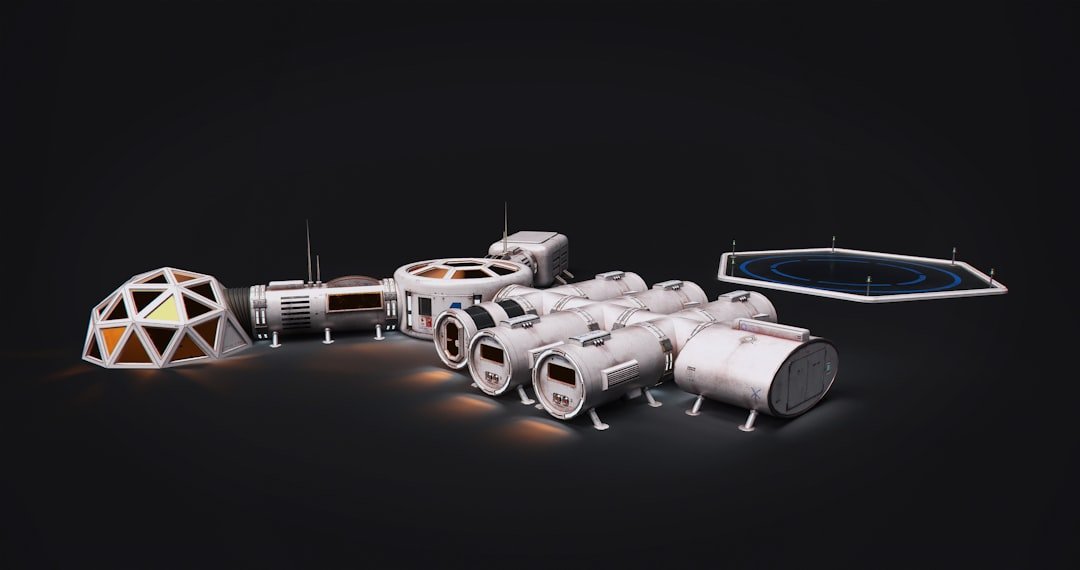
In the next waves, expect power and logistics to dominate, because life support rides on electrons and spare parts. Compact fission systems could anchor polar moon camps, while dust‑tolerant solar paired with robust storage powers Martian towns. Cargo landers, autonomous diggers, and fuel depots knit supply lines so crews aren’t living mission to mission. Bioregenerative systems – algae, microbes, and hardy crops – will slowly take over from boxes of filters, closing loops that machines alone struggle to seal. The direction is clear: fewer shipments, more self‑reliance.
Software will be as important as steel. Smart habitats will predict failures before they happen, allocate power like a nervous system, and help crews triage problems when minutes matter. Medical autonomy grows too, from ultrasound‑guided procedures to 3D‑printed pharmaceuticals. And above it all, norms and agreements will decide who taps which resources and how communities behave when things go sideways. Technology can open the door, but culture decides whether we stay.
What You Can Do Next
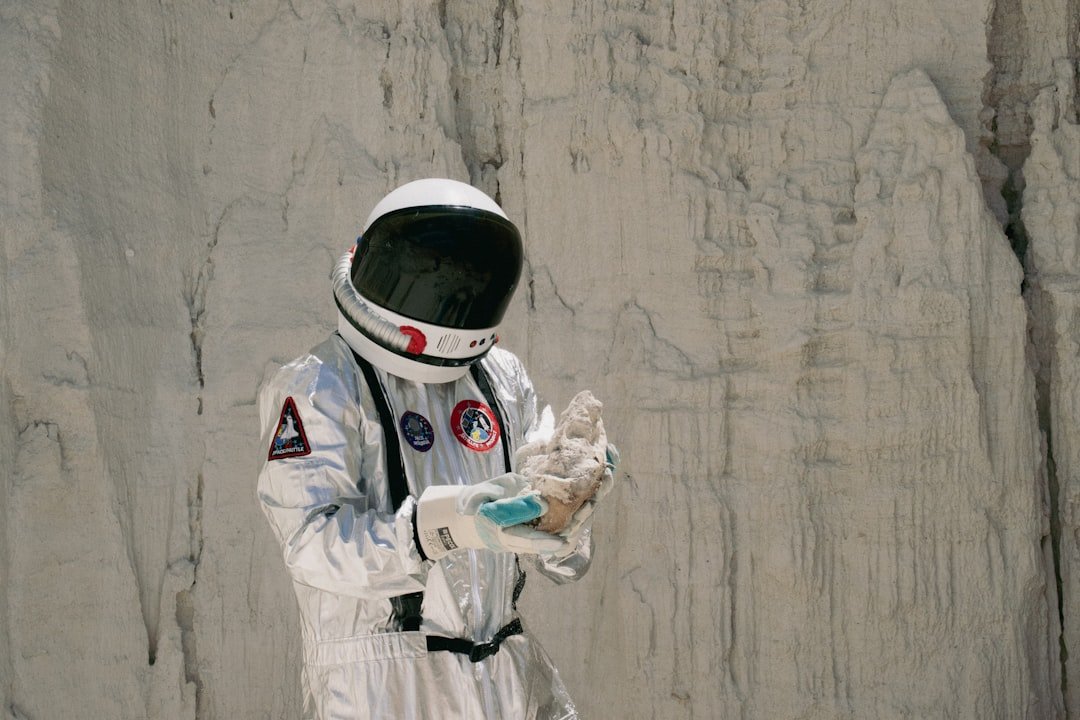
You don’t need a launch badge to push this forward; small actions add up in surprising ways. Seek out public mission updates, engineering test notes, and astronaut health research, and share what you learn with the curious kid in your life. Support science programs at schools, museums, and libraries, because today’s welding class or biology kit might build the first off‑world greenhouse. Champion clean energy and water‑recycling projects in your own community; the same principles keep crews alive in space and neighbors safe on Earth. If living on another world starts with better systems here, why not help build them – would you have guessed your sink or solar panel could be part of that story?
For the ambitious, look for internships, citizen‑science projects, or maker‑space challenges that test space‑ready ideas on Earth. Join open hardware efforts for sensors and robotics, or volunteer your coding skills to simulate habitats and power flows. Donate to research groups focused on radiation health, closed‑loop life support, or planetary protection so we explore responsibly. And keep asking good questions, because skepticism and curiosity are the twin engines of real progress. The journey isn’t guaranteed, but the work is worth doing.

Suhail Ahmed is a passionate digital professional and nature enthusiast with over 8 years of experience in content strategy, SEO, web development, and digital operations. Alongside his freelance journey, Suhail actively contributes to nature and wildlife platforms like Discover Wildlife, where he channels his curiosity for the planet into engaging, educational storytelling.
With a strong background in managing digital ecosystems — from ecommerce stores and WordPress websites to social media and automation — Suhail merges technical precision with creative insight. His content reflects a rare balance: SEO-friendly yet deeply human, data-informed yet emotionally resonant.
Driven by a love for discovery and storytelling, Suhail believes in using digital platforms to amplify causes that matter — especially those protecting Earth’s biodiversity and inspiring sustainable living. Whether he’s managing online projects or crafting wildlife content, his goal remains the same: to inform, inspire, and leave a positive digital footprint.

